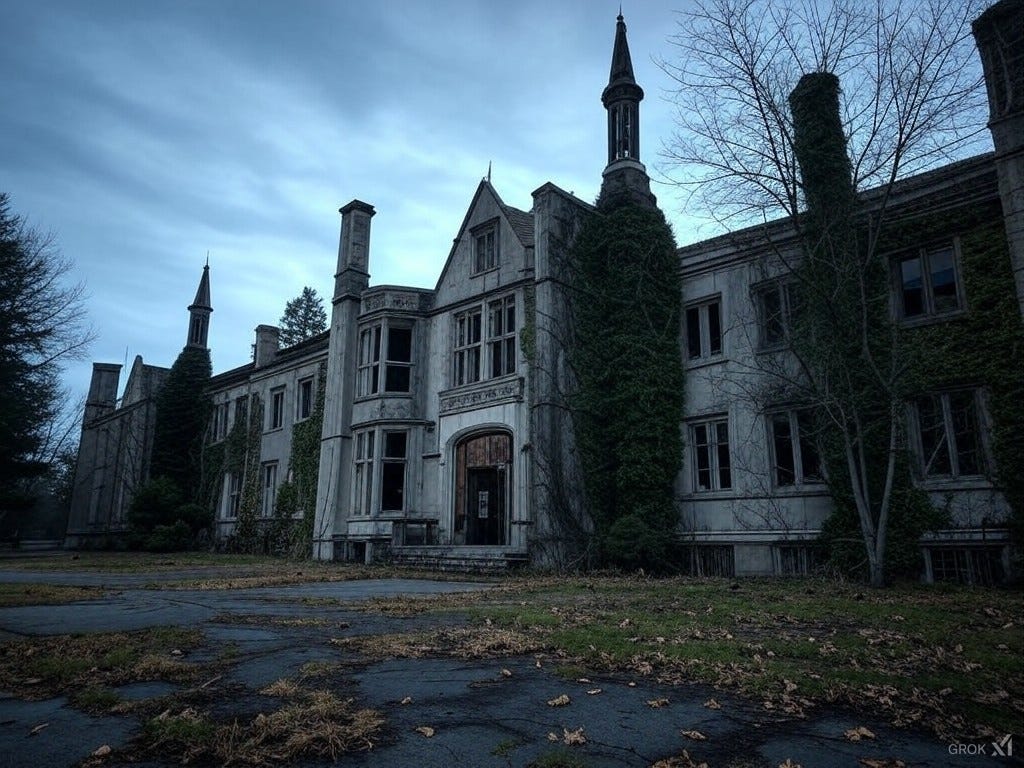"Art is not a handicraft, it is the transmission of feeling the artist has experienced."
– Leo Tolstoy
The recent Twitter thread I posted criticizing conservatives for their lack of support for the arts sparked a flood of responses, most of which missed the point entirely. This, of course, is no surprise to anyone familiar with Twitter’s dynamics. The fir…





